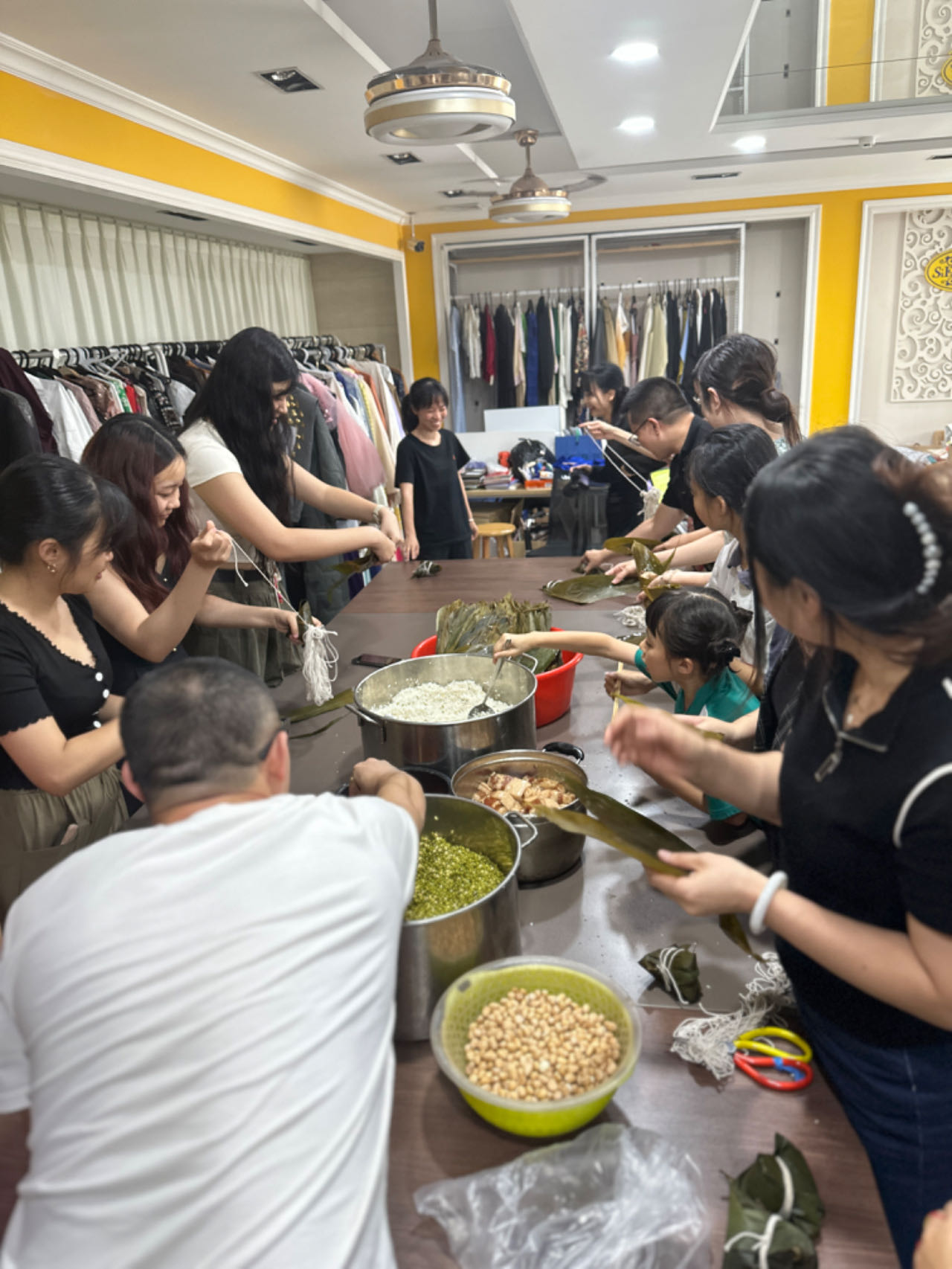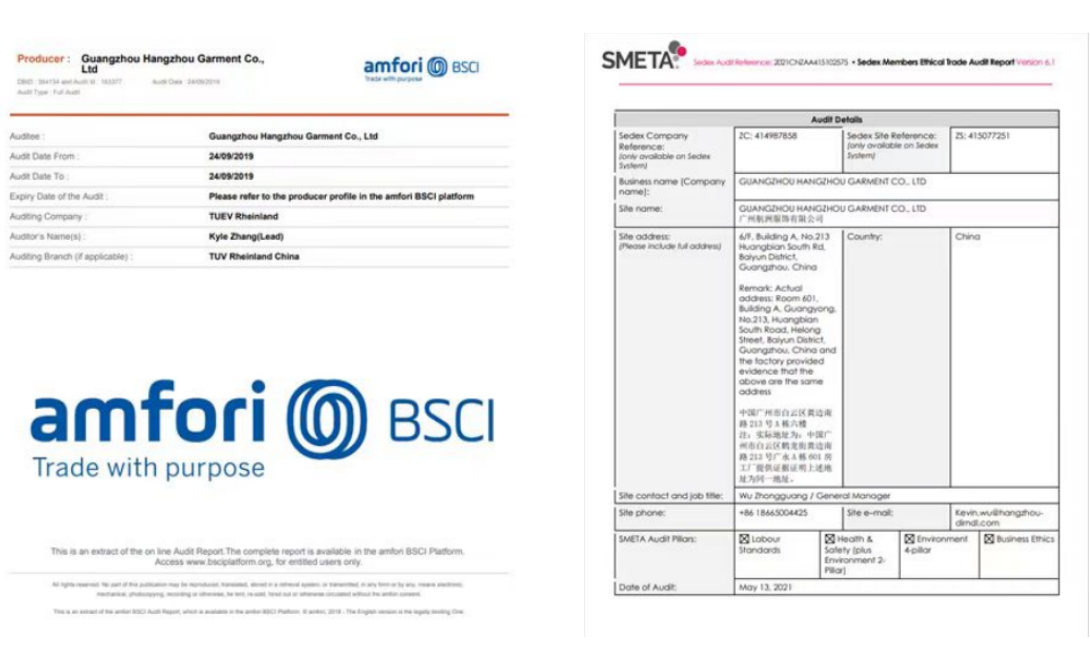Designing inclusive and stylish clothing for plus-size body types is crucial in promoting body positivity and breaking down harmful societal beauty standards. Plus-size individuals have long been excluded from mainstream fashion, with limited options that often lack style and quality. By understanding the unique needs and preferences of plumper customers, designers can create garments that flatter and celebrate these body types. This includes using comfortable and stretchy fabrics, incorporating design elements that accentuate curves, and experimenting with bold prints and colors. Plus-size individuals should have access to a wide range of styles that allow them to express their personality and individuality. It’s time to embrace all body types and create clothing that makes everyone feel confident and beautiful.
Understanding Plus Size Body Types
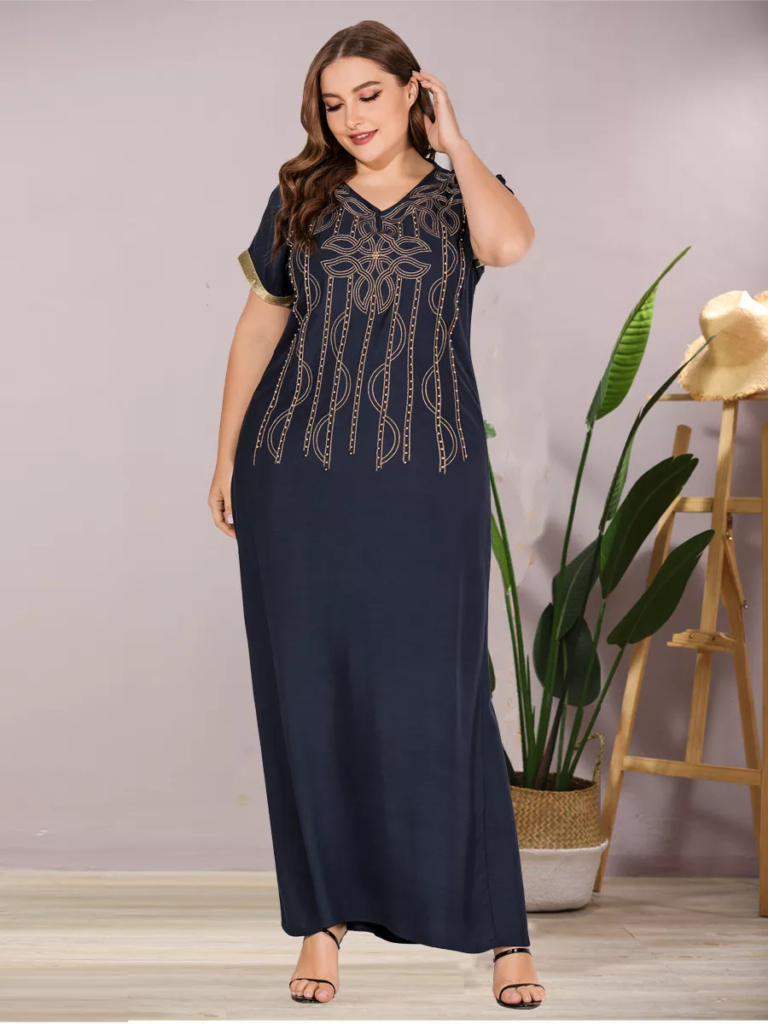
The fashion industry has come a long way in terms of inclusivity and diversity, but there is still a long way to go. One of the areas that require more attention is the plus-size market. Plus size refers to clothing sizes that are above the average range, typically starting at size 16 for women. It’s important to use this term respectfully because it acknowledges that there is a diverse range of body types and sizes, and it’s not a derogatory term.
Unfortunately, there are still many misconceptions and stereotypes about plus-size bodies that need to be addressed. One of the most common misconceptions is that all plus-size bodies are the same. In reality, there are many different body types within the plus size range, just like there are within the straight size range. Some plumper women carry their weight in their hips and thighs, while others carry it in their stomachs or arms. It’s important for designers and manufacturers to understand these differences and create clothing that flatters each body type.
Another stereotype is that plus-size women don’t care about fashion or don’t want to wear trendy clothing. This couldn’t be further from the truth. Many want to wear the same styles and trends as straight-size women, but they often struggle to find clothing that fits well and is designed with their bodies in mind. This is where designers and manufacturers can make a difference.
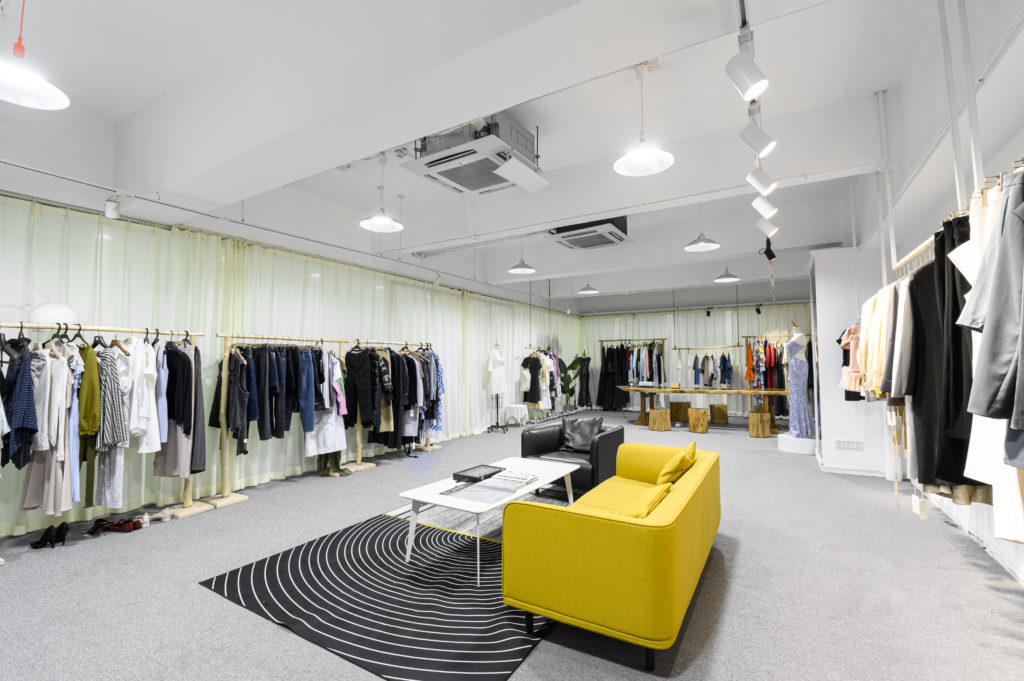
If you’re a women’s clothing manufacturer, dresses manufacturing, skirts manufacturer, or need to tailor-made clothing in bulk, here are some tips for empathizing with plus size customers and understanding their unique needs and preferences:
- Don’t assume that all plus-size women want to hide their bodies. Many plus-size women are proud of their bodies and want to show them off. Create clothing that accentuates their curves and highlights their best features.
- Understand that plus-size bodies require different cuts and fabrics than straight-size bodies. Plus-size women often need more room in the hips, thighs, and arms, and fabrics that stretch and move with their bodies.
- Don’t limit your designs to “flattering” styles. Plus-size women want to wear all kinds of clothing, not just clothing that is designed to make them look smaller. Create clothing that is bold, colorful, and fun.
- Listen to feedback from plus-size customers. Ask for their opinions on fit, fabric, and style, and use their feedback to improve your designs.
- Finally, don’t treat plus-size clothing as an afterthought. Plus-size women make up a significant portion of the market, and they deserve clothing that is just as stylish and well-designed as straight-size clothing.
In conclusion, understanding plus size body types is crucial for designers and manufacturers who want to create clothing that is inclusive and empowering. By acknowledging the diversity of plus-size bodies, dispelling stereotypes, and creating clothing that is designed with their unique needs in mind, we can create a more inclusive and diverse fashion industry.
Creating Inclusive and Stylish Designs: Tips for Designers and Manufacturers
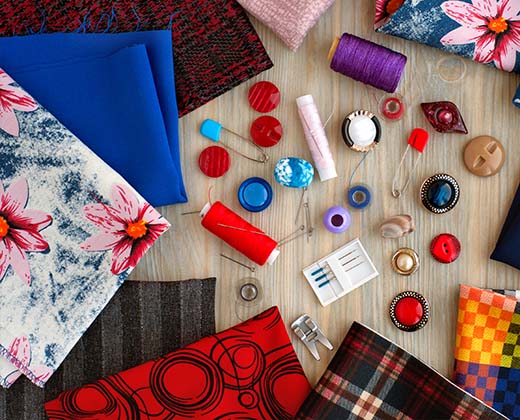
Designing clothing for plus-size bodies requires a different approach than designing for standard sizes. It’s important to consider the unique needs and preferences of plus-size customers, while also creating clothing that is stylish and on-trend. Here are some key design principles that can help designers create garments that flatter rounder bodies:
- Fit is key
Fit is crucial when designing any clothing. Clothing that is too tight or too loose can be unflattering and uncomfortable. It’s important to create clothing that fits well and accentuates the customer’s best features.
- Emphasize the waist
Many plus-size women carry their weight in their midsection, so emphasizing the waist can be a great way to create a flattering silhouette. This can be done through the use of belts, cinched waistlines, or high-waisted pants and skirts.
- Use vertical lines
Vertical lines can help elongate the body and create a slimming effect. This can be achieved through the use of stripes, seams, or pleats.
- Consider fabric and texture
The fabric and texture of clothing can have a big impact on how it looks and feels on the body. Soft, stretchy fabrics can be comfortable and flattering, while stiff or scratchy fabrics can be unflattering and uncomfortable.
Creating clothing that is both comfortable and stylish for plus-size customers can be a challenge, but it’s not impossible. Here are some tips for achieving this balance:
- Prioritize comfort
Comfort should always be a top priority when designing clothing for plus-size bodies. This includes using soft, stretchy fabrics, avoiding tight or restrictive clothing, and considering the placement of seams and zippers.
- Stay on-trend
Plus-size customers want to wear clothing that is stylish and on-trend, just like anyone else. It’s important to stay up-to-date on the latest fashion trends and incorporate them into your designs.
- Offer a variety of styles
Plus-size customers have diverse tastes and preferences, so it’s important to offer a variety of styles that cater to different tastes. This includes everything from casual wear to formal wear and everything in between.
There are many designers who have successfully created inclusive and stylish clothing lines for larger-size customers. One example is Christian Siriano, who has been praised for his commitment to inclusivity and diversity in his designs. His clothing is known for being both stylish and comfortable, and he has worked with models and celebrities of a variety of body shapes. Another example is Eloquii, a clothing brand that specializes in plus-size fashion. They offer a wide range of styles and sizes, and their clothing is known for being both on-trend and affordable.
In conclusion, creating inclusive and stylish designs for plus-size bodies requires a different approach than designing for standard sizes. By prioritizing fit, emphasizing the waist, using vertical lines, and considering fabric and texture, designers can create garments that flatter plump bodies. By prioritizing comfort, staying on-trend, and offering a variety of styles, designers can create clothing that is both comfortable and stylish for our target customers. And by looking to successful designers like Christian Siriano and Eloquii, designers can find inspiration and guidance for creating inclusive and diverse clothing lines.
Materials and Construction Techniques
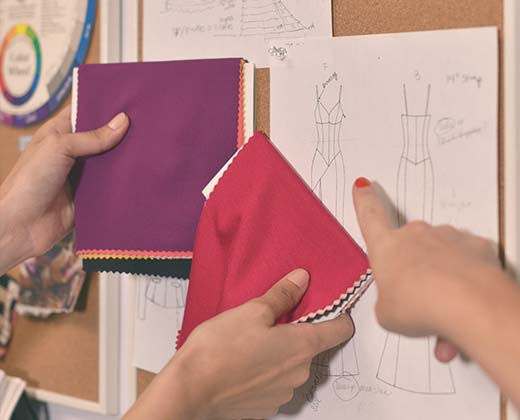
When it comes to designing clothing for larger body shapes, the materials and construction techniques used can have a big impact on the fit and comfort of the clothing. It’s important to select materials that are both durable and flattering for larger bodies and to use construction techniques that enhance the fit and comfort of the clothing. Here are some tips for selecting materials and construction techniques for plus-size women’s clothing manufacturers:
- Choose stretchy fabrics: Stretchy fabrics like spandex and elastane can be a great choice for plus size clothing because they allow for more flexibility and movement. This can make the clothing more comfortable and flattering.
- Consider the weight of the fabric: The weight of the fabric can also impact the fit and comfort of the clothing. Heavier fabrics can be more supportive and provide more coverage, while lighter fabrics can be more breathable and comfortable.
- Look for fabrics with texture: Fabrics with texture, like ribbed knits or waffle weaves, can be more forgiving and flattering for larger bodies. They can also add visual interest to the clothing.
- Use construction techniques that enhance the fit: Construction techniques like darts, princess seams, and pleats can help create a more flattering fit for plus size bodies. They can help shape the clothing to the body and create a more tailored look.
There are many designers who have successfully used innovative materials and construction techniques to create inclusive and stylish clothing lines for plus size customers. One example is Universal Standard, a clothing brand that uses high-quality fabrics and construction techniques to create clothing that is both stylish and comfortable. They also offer a wide range of sizes, from 00 to 40, to accommodate a variety of body types.
Another example is Chromat, a clothing brand that specializes in swimwear and activewear for all body types. They use innovative materials like neoprene and mesh to create clothing that is both functional and stylish, and they offer a range of sizes up to 4X.
By choosing stretchy fabrics, considering the weight and texture of the fabric, and using construction techniques that enhance the fit, designers can create clothing that is both durable and flattering for larger bodies. And by looking to successful designers like Universal Standard and Chromat, designers can find inspiration and guidance for creating inclusive and stylish clothing lines for plus-size customers. As a women’s clothing manufacturer company, it’s important to prioritize the needs and preferences of those customers and to use materials and construction techniques that enhance the fit and comfort of the clothing.
Marketing and Outreach
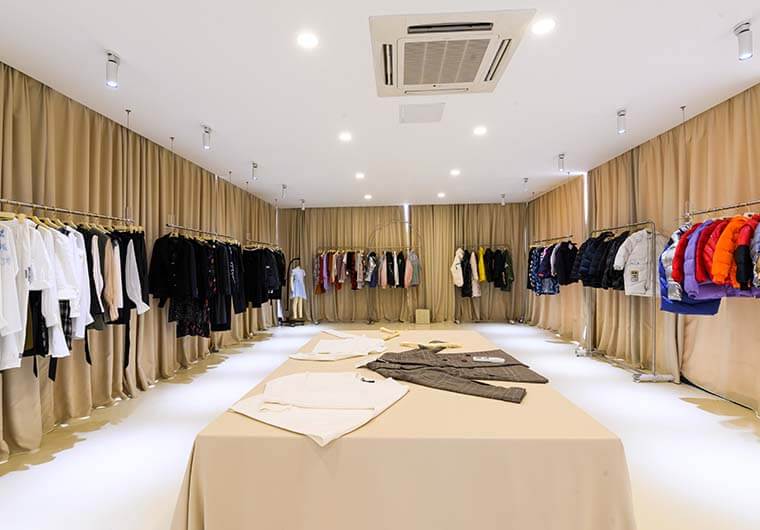
Creating inclusive and stylish clothing lines for plus-size customers is only half the battle. It’s also important to market and promotes these clothing lines in a way that celebrates and empowers plus-size bodies. Here are some tips for designers and manufacturers to create advertising and marketing campaigns that resonate with plus-size customers:
- Use diverse models: When showcasing your clothing, use models of different sizes and body types to show how the clothing looks on a variety of bodies. This will help customers visualize how the clothing will look on them.
- Celebrate diversity: Make sure your advertising and marketing campaigns celebrate and empower plus-size bodies. This can be done through the use of inclusive language, diverse imagery, and messaging that promotes body positivity.
- Offer styling tips: Many plus-size customers struggle with finding clothing that fits and flatters their bodies. Offering styling tips and advice can be a great way to help customers feel more confident and comfortable in their clothing.
- Engage with customers: Engage with your customers on social media and other platforms to build a community and foster a sense of belonging. This can help customers feel seen and heard, and can also provide valuable feedback for designers and manufacturers.
There are many designers who have successfully marketed their clothing lines to plus-size customers. One example is Ashley Stewart, a clothing brand that specializes in plus-size fashion. They use diverse models and messaging that celebrate and empower plus-size bodies, and they also offer styling tips and advice to help customers feel more confident in their clothing.
Another example is Savage X Fenty, a lingerie brand founded by Rihanna. They use diverse models and messaging that promote body positivity, and they also offer a wide range of sizes to accommodate a variety of body types.
In conclusion, marketing and outreach is an important part of creating inclusive and stylish clothing lines for plus-size customers. By using diverse models, celebrating diversity, offering styling tips, and engaging with customers, designers, and manufacturers can create advertising and marketing campaigns that resonate with more customers. And by looking to successful designers like Ashley Stewart and Savage X Fenty, designers can find inspiration and guidance for marketing their clothing lines to plus size customers. As a women’s clothing manufacturer company, it’s important to prioritize marketing and outreach to an extended group of customers and create campaigns that celebrate and empower all body types.
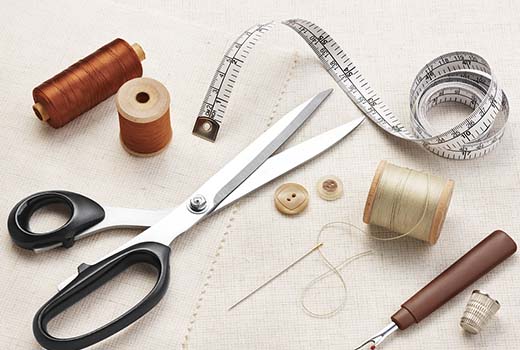
Conclusion
In summary, designing clothing for plus-size bodies requires a different approach than designing for standard sizes. It’s important to consider the unique needs and preferences of plus-size customers, while also creating clothing that is stylish and on-trend. This includes selecting the right materials and construction techniques, prioritizing fit and comfort, and marketing and promoting clothing lines in a way that celebrates and empowers plus-size bodies.
As a women’s clothing manufacturer company, it’s important to prioritize the needs and preferences of plus-size customers and to use materials and construction techniques that enhance the fit and comfort of the clothing. By applying these tips and strategies, designers can create beautiful, inclusive clothing for all body types. It’s important to remember that all bodies deserve to be celebrated and accommodated, regardless of their size. By creating inclusive and stylish clothing lines for plus-size customers, designers and manufacturers can help promote body positivity and empower all individuals to feel confident and beautiful in their clothing.

